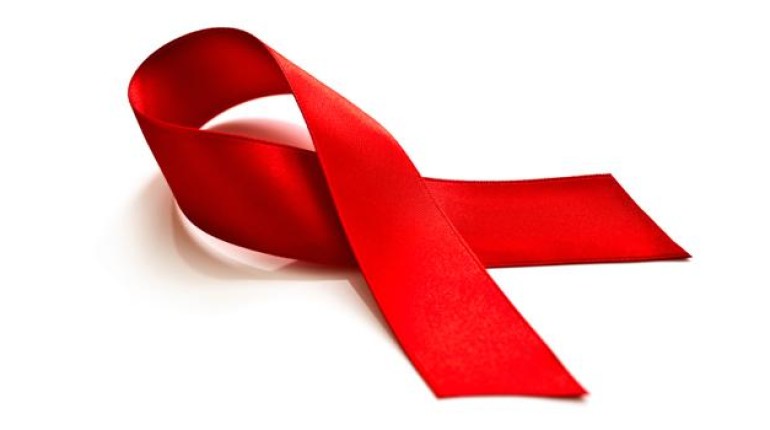The Human Immunodeficiency Virus (HIV) awareness has increased over the last few decades. Yet, the disease is still a prominent health issue worldwide. According to the World Health Organization(WHO), about 1.5 million people died from HIV-related complications in 2013. High rates of death and transmission show that more awareness is needed to prevent the spread of the virus.
The rates and risks of acquiring HIV from an infected person varies widely depending on the type of exposures. Some exposures, such as exposure to HIV during a blood transfusion, would most likely carry a much higher risk of transmission than oral sex exposure.




 When we talk about HIV transmission rates, these are basically a statistical analysis of people being infected with the HIV virus. Earlier studies have attempted to estimate the rate of HIV transmission, however results were typically quite small and did not measure the concentration of the virus in the blood throughout the entire study period.
When we talk about HIV transmission rates, these are basically a statistical analysis of people being infected with the HIV virus. Earlier studies have attempted to estimate the rate of HIV transmission, however results were typically quite small and did not measure the concentration of the virus in the blood throughout the entire study period.
According to reports, study included 3, 297 couples from sub-Saharan Africa that were “HIV-discordant,” meaning one partner had HIV while the other did not. The HIV-infected partners in the study were tested periodically over a two-year study for the amount of HIV in their blood. Infected partners were also interviewed every month and asked how many times they had sexual intercourse, and whether they used protection.




The uninfected partners were tested periodically to see whether they had acquired HIV. The researchers used genetic testing of the virus to confirm that any new HIV infections had been acquired from the study partner designated at the study’s start.

